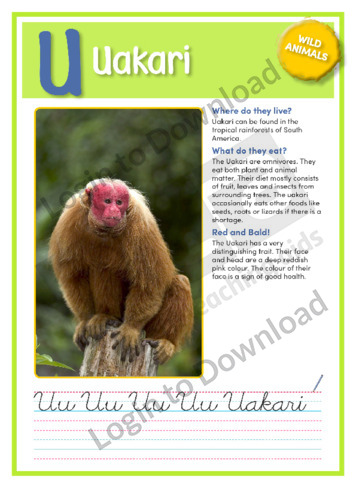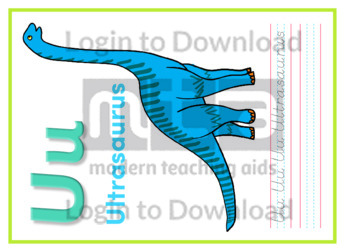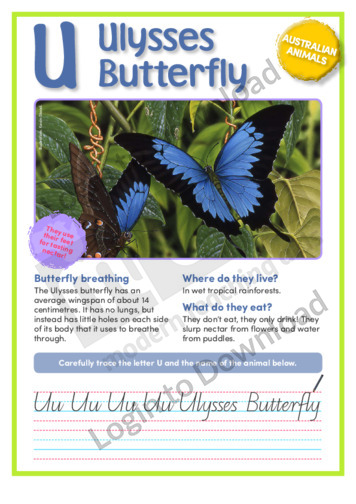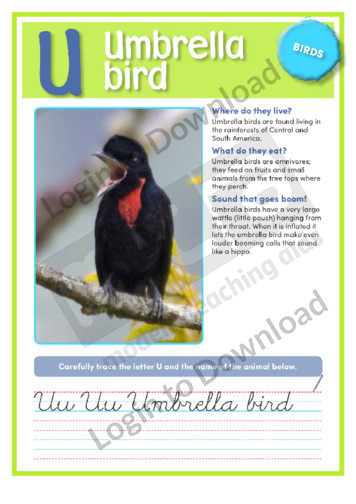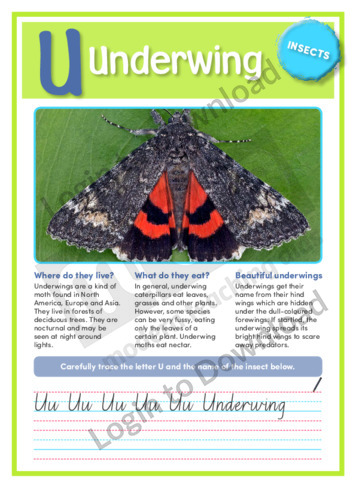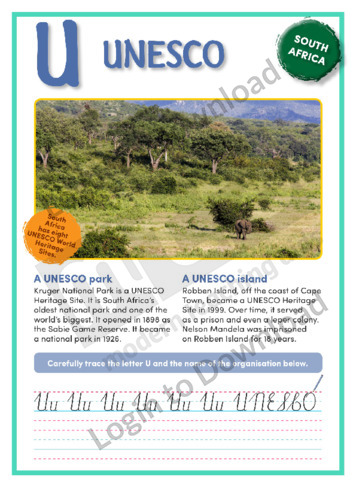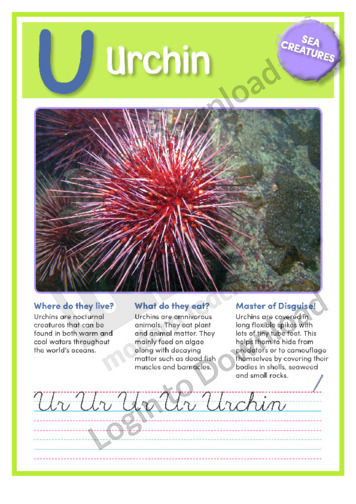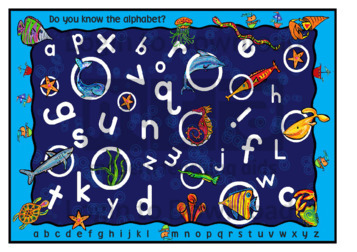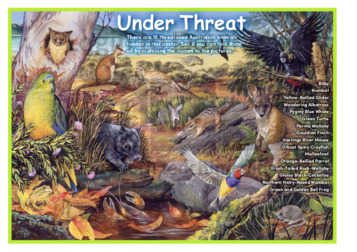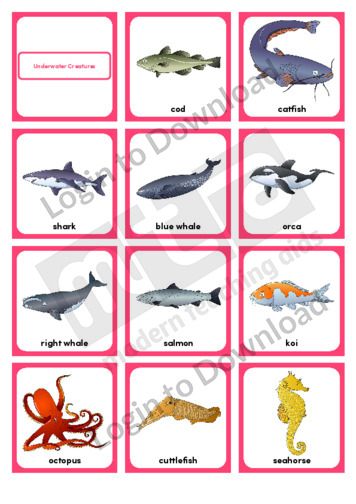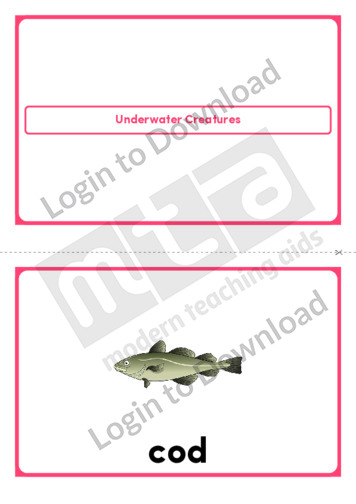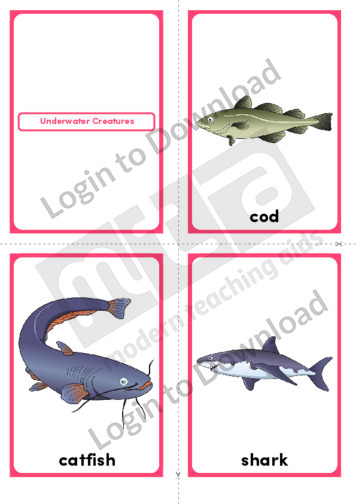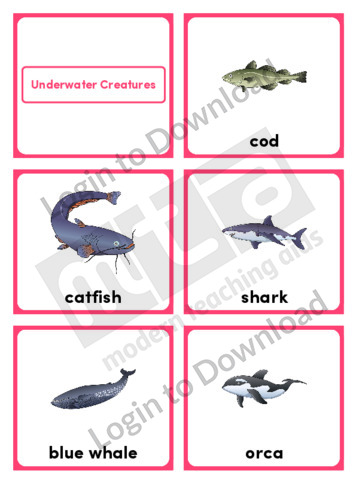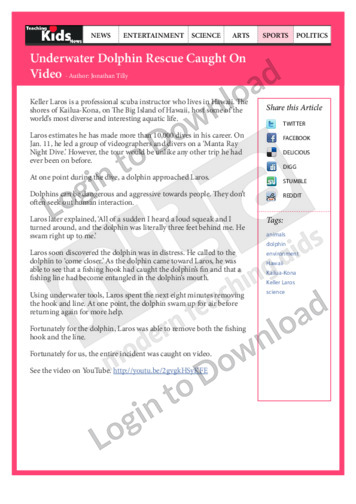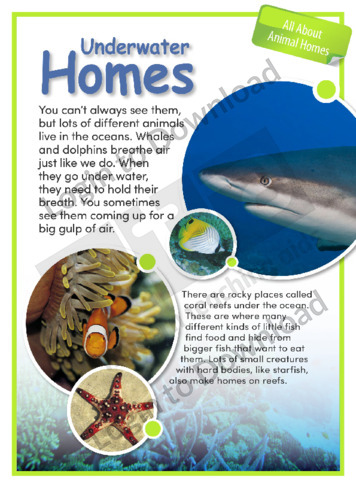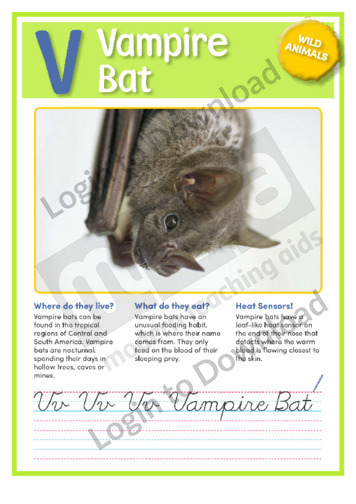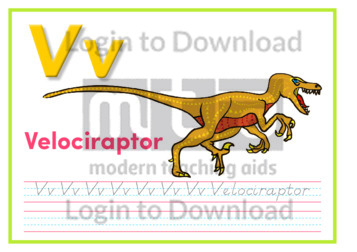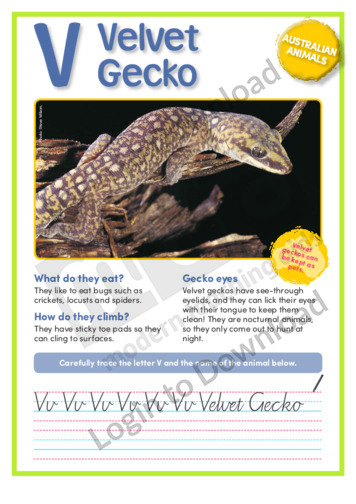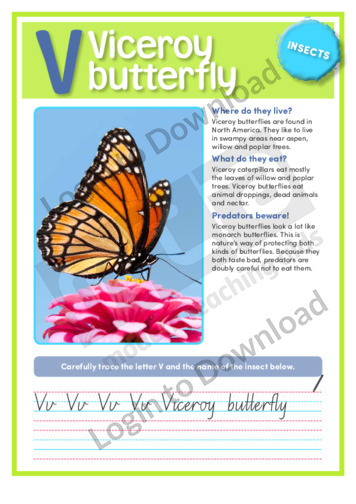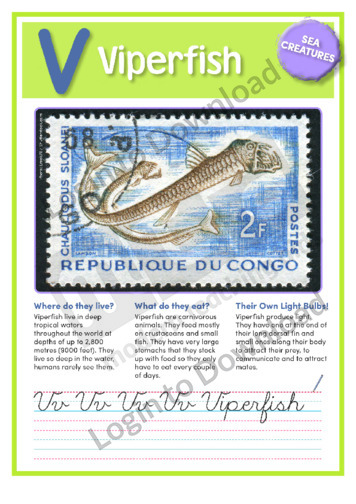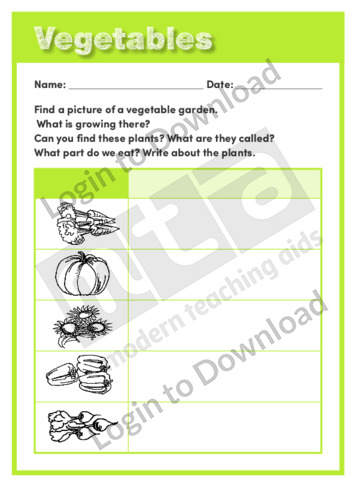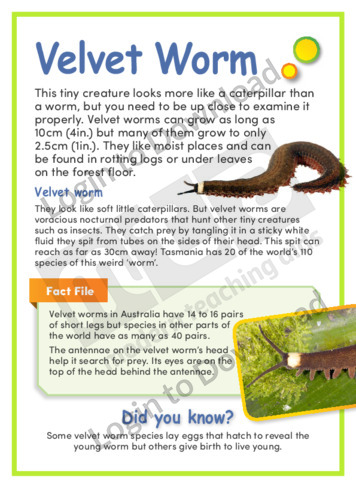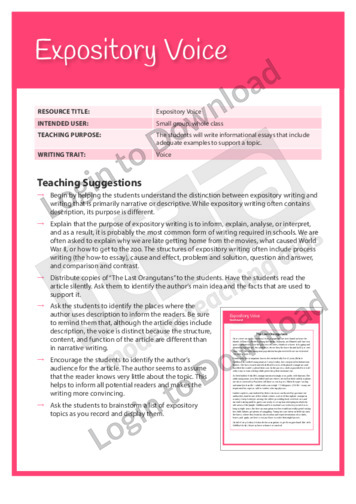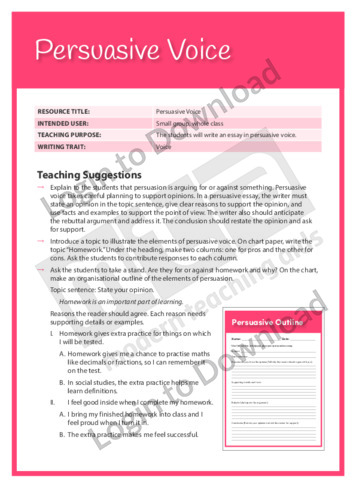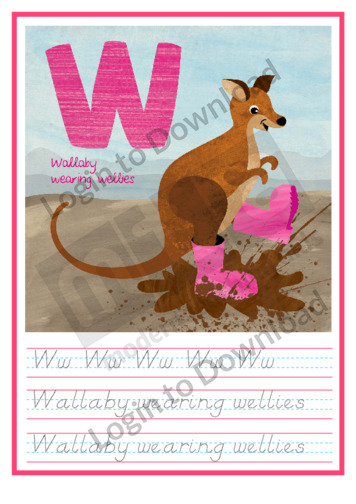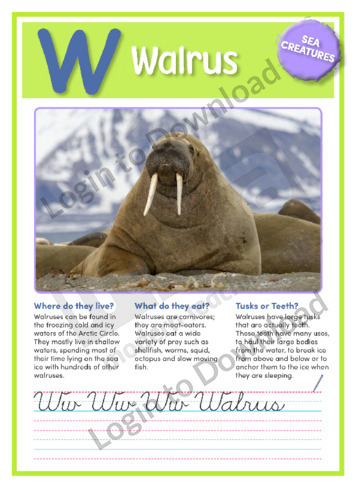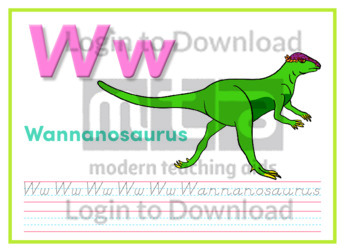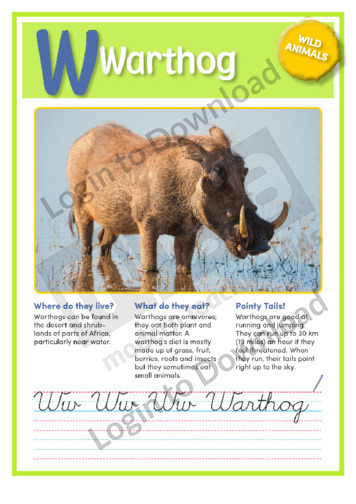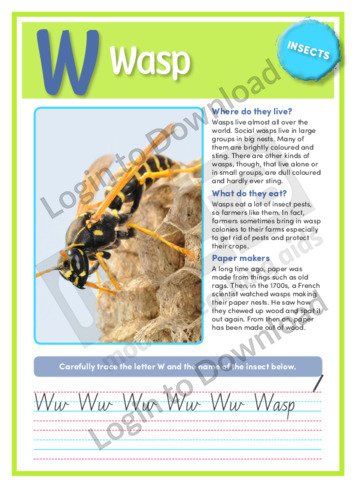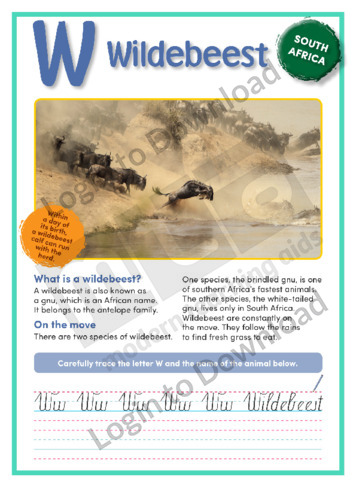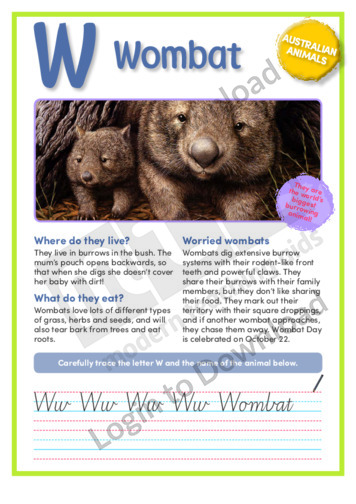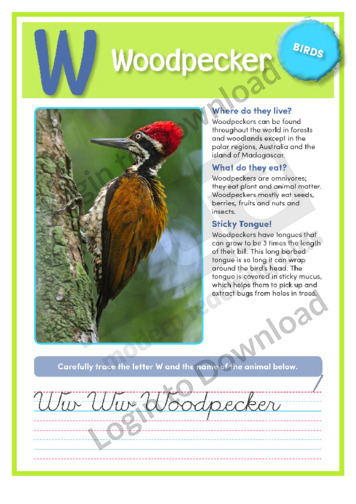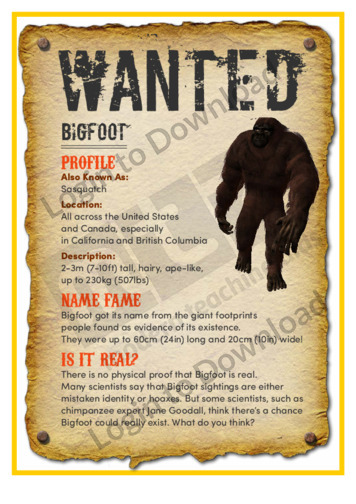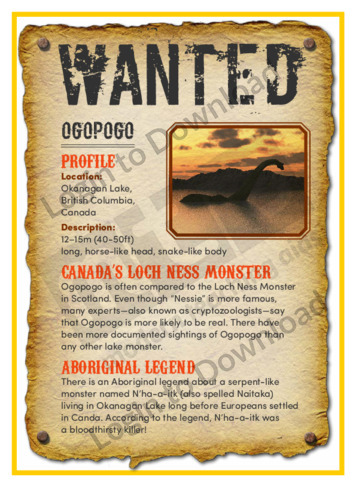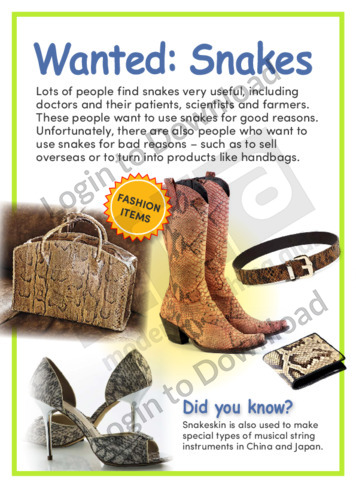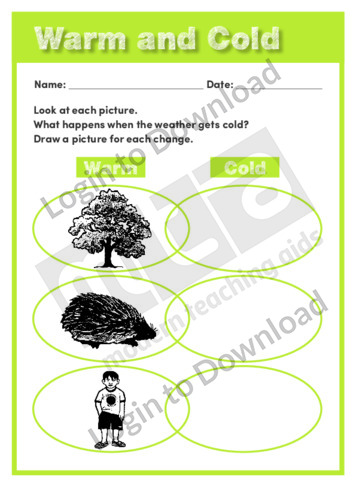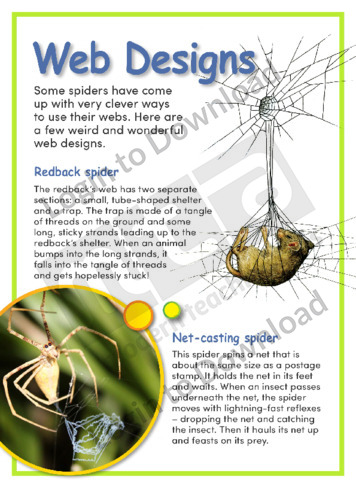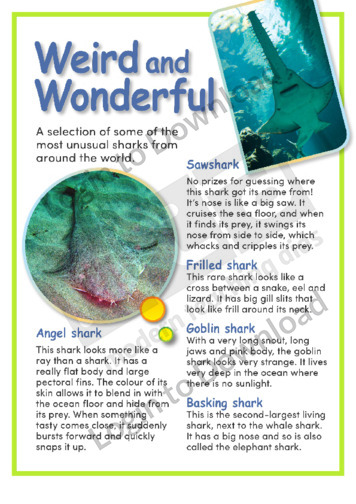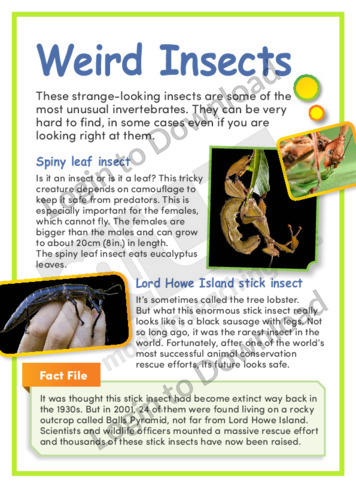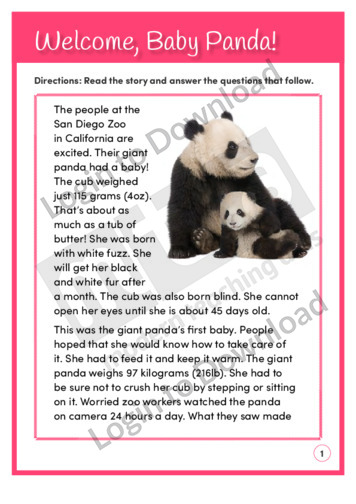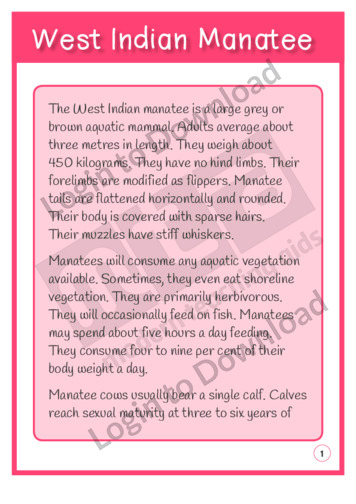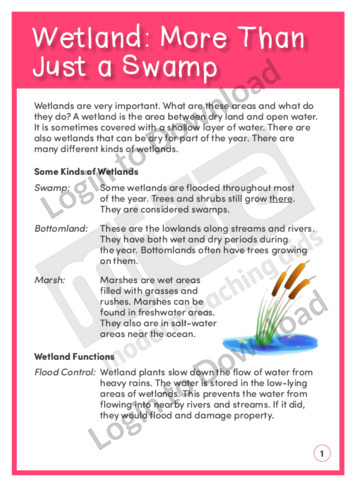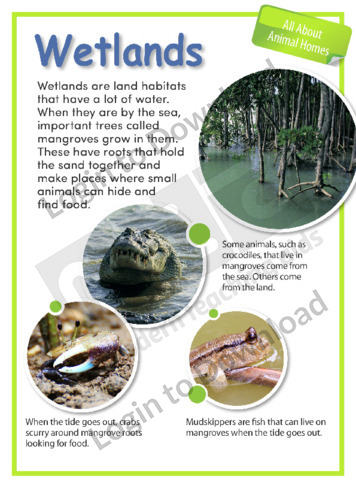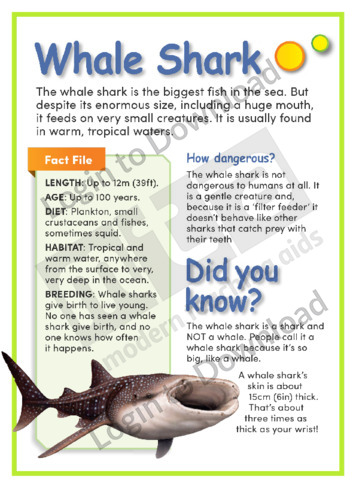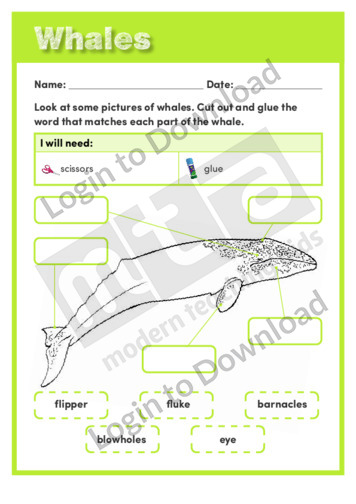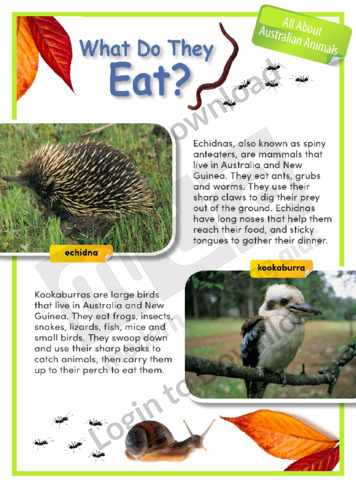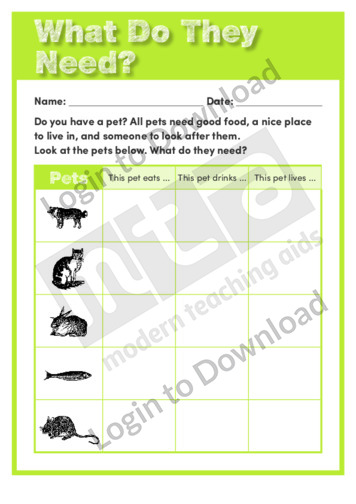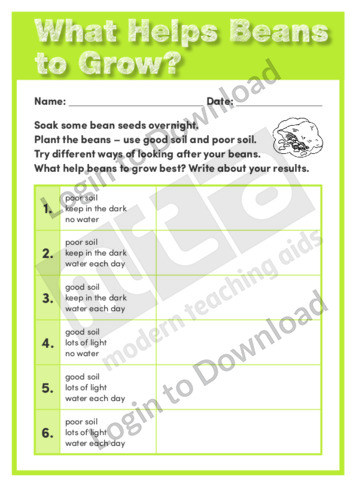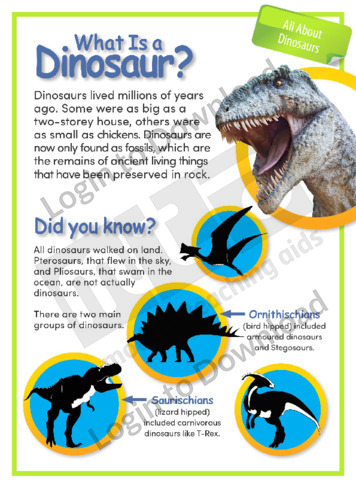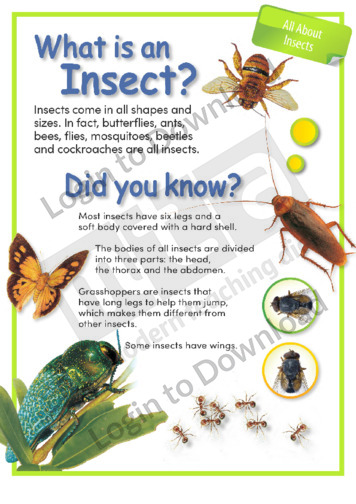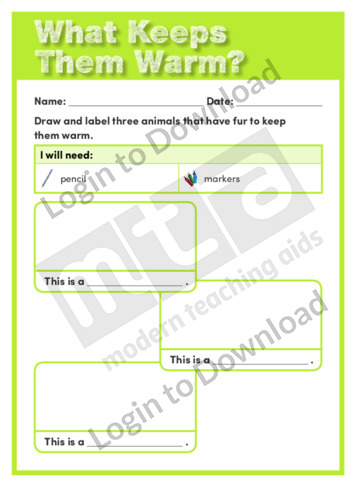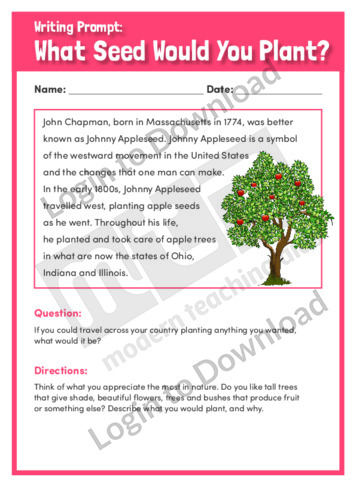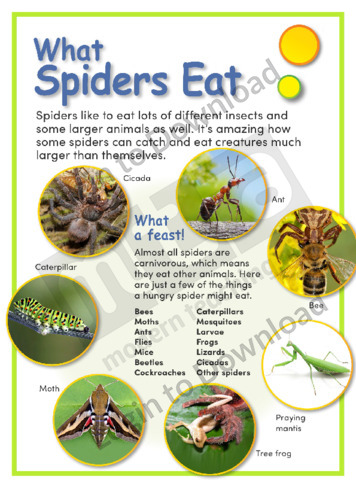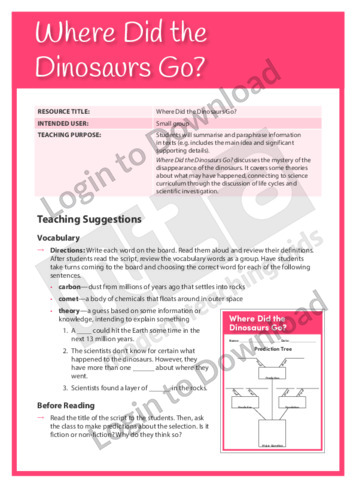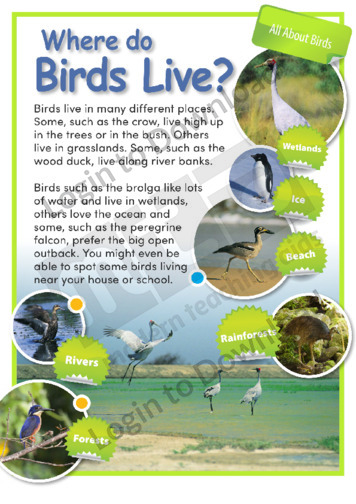This short nonfiction text, ‘U: Uakari’ provides factual information about the Uakari, exploring where they live, what they eat and other interesting facts.
This Animal Alphabet, ‘U: Ultrasaurus’ is a Dinosaur themed worksheet that provides opportunities for handwriting practice.
This short nonfiction text, ‘U: Ulysses Butterfly’ provides factual information about the Australian animal the Ulysses Butterfly.
This short nonfiction text, ‘U: Umbrella bird’ provides factual information about the Umbrella bird, exploring where they live, what they eat and other interesting facts.
This short nonfiction text, ‘U: Underwing’ provides factual information about the Underwing, exploring where they live, what they eat and other interesting facts. The resource also provides a photo of the insect and guided handwriting practice that can be used to supplement the informational text.
This short nonfiction text ‘U: UNESCO features important factual background information relating to two of the eight UNESCO World Heritage Sites in South Africa. It is aimed at broadening students’ awareness of the unique and beautiful natural landmarks found in South Africa and also features an activity for students to practise their handwriting.
This short nonfiction text, ‘U: Urchin’ provides factual information about the Urchin, exploring where they live, what they eat and other interesting facts.
This full colour ‘Under the Sea Alphabet’ illustration can be reproduced for classroom use. It features a variety of the most common underwater creatures with the full alphabet and is a fun and educational addition to a classroom display.
This article, ‘Australian Animals: Under Threat’, features a picture with 16 endangered Australian animals. It encourages students to match the animal’s name with the illustration in order to broaden their awareness of environmental issues.
This life science worksheet, ‘Under Your Skin’ asks students to cut out pictures of bones and assemble them to make a skeleton. It supports an understanding of the human body.
This set of flashcards,’Underwater Creatures’ supports vocabulary development about underwater creatures. Topic based flashcards are a great tool for teachers or parents to build a child’s vocabulary and improve word association. Browse over 200+ thematic flashcards and make learning fun!
This set of flashcards,’Underwater Creatures’ supports vocabulary development about underwater creatures. Topic based flashcards are a great tool for teachers or parents to build a child’s vocabulary and improve word association. Browse over 200+ thematic flashcards and make learning fun!
This set of flashcards,’Underwater Creatures’ supports vocabulary development about underwater creatures. Topic based flashcards are a great tool for teachers or parents to build a child’s vocabulary and improve word association. Browse over 200+ thematic flashcards and make learning fun!
This set of flashcards,’Underwater Creatures’ supports vocabulary development about underwater creatures. Topic based flashcards are a great tool for teachers or parents to build a child’s vocabulary and improve word association. Browse over 200+ thematic flashcards and make learning fun!
This set of flashcards,’Underwater Creatures’ supports vocabulary development about underwater creatures. Topic based flashcards are a great tool for teachers or parents to build a child’s vocabulary and improve word association. Browse over 200+ thematic flashcards and make learning fun!
This kids news activity, ‘Underwater Dolphin Rescue Caught On Video’ is about an unusual interaction between a diver and a dolphin captured on video.
This article, ‘All About Animal Homes: Underwater Homes’, describes different types of animals that live under water. It provides factual information about underwater animals and includes colourful and engaging photographs.
This ‘Animal Alphabet: V: Vulture’ is an animal themed worksheet that provides opportunities for handwriting practice.
This short nonfiction text, ‘V: Vampire Bat’ provides factual information about the Vampire Bat, exploring where they live, what they eat and other interesting facts.
This Animal Alphabet, ‘V: Velociraptor’ is a Dinosaur themed worksheet that provides opportunities for handwriting practice.
This short nonfiction text, ‘V: Velvet Gecko’ provides factual information about the Australian animal the Velvet Gecko.
This short nonfiction text, ‘V: Viceroy butterfly’ provides factual information about the Viceroy butterfly, exploring where they live, what they eat and other interesting facts. The resource also provides a photo of the insect and guided handwriting practice that can be used to supplement the informational text.
This short nonfiction text, ‘V: Viperfish’ provides factual information about the Viperfish, exploring where they live, what they eat and other interesting facts.
This short nonfiction text, ‘V: Vulture’ provides factual information about the Vulture, exploring where they live, what they eat and other interesting facts.
This life science worksheet, ‘Vegetables’ asks students to identify edible plants and where they grow. It supports an understanding of plants.
This article, ‘Velvet Worm’ provides information about the physical characteristics, habits, habitat, diet, hunting methods and life cycle of the velvet worm. It also introduces students to various terms relating to the worm’s physical features. The text is supported by colourful and engaging photographs.
This Writing Traits activity ‘Expository Voice’ encourages students to write informational essays that include adequate examples to support a topic.
This Writing Traits activity ‘Persuasive Voice’ encourages students to write an essay in the persuasive voice.
This ‘Animal Alphabet: W: Wallaby’ is an animal themed worksheet that provides opportunities for handwriting practice.
This short nonfiction text, ‘W: Walrus’ provides factual information about the Walrus, exploring where they live, what they eat and other interesting facts.
This Animal Alphabet, ‘W: Wannanosaurus’ is a Dinosaur themed worksheet that provides opportunities for handwriting practice.
This short nonfiction text, ‘W: Warthog’ provides factual information about the Warthog, exploring where they live, what they eat and other interesting facts.
This short nonfiction text, ‘W: Wasp’ provides factual information about the Wasp, exploring where they live, what they eat and other interesting facts. The resource also provides a photo of the insect and guided handwriting practice that can be used to supplement the informational text.
This short nonfiction text ‘W: Wildebeest’ features important factual background information relating to the two species of wildebeest. It is aimed at broadening students’ awareness of the unique and beautiful flora and fauna associated with South Africa and also features an activity for students to practise their handwriting.
This short nonfiction text, ‘W: Wombat’ provides factual information about the Australian animal the Wombat.
This short nonfiction text, ‘W: Woodpecker’ provides factual information about the Woodpecker, exploring where they live, what they eat and other interesting facts.
This history poster, ‘Bigfoot’, features important factual background information about the legendary creature that has been spotted all over the United States and Canada. This is a great resource for broadening students’ knowledge of mythological figures in Canadian culture and could be used as a prompt for further discussion or study of Canada and myths …More
This history poster, ‘Ogopogo’, features important factual background information about the legendary lake monster that is said to live in Okanagan Lake, BC. This is a great resource for broadening students’ knowledge of mythological figures in Canadian culture and could be used as a prompt for further discussion or study of Canada and myths and …More
This article, ‘Wanted: Snakes’ provides information about the various ways snakes can be used, both commercially and for medicinal and scientific purposes. It also introduces students to various terms relating to commercial transactions involving snakes. The text is supported by colourful and engaging photographs.
This life science worksheet, ‘Warm and Cold’ supports students to think about and draw the changes that take place when it is cold. It supports an understanding of how animals and plants change with the seasons.
This article, ‘Spiders: Web Designs’, provides information about the reasons for different designs in spiders’ webs. Full colour photographs show a variety different of different web designs and the spiders that make them.
This article, ‘Sharks: Weird and Wonderful’, provides information about sharks that are unusual in appearance or habitat. Full-colour photographs provide examples of selected species.
This reading comprehension activity, ‘Welcome, Baby Panda!’, asks students to answer comprehension questions on a text about a baby panda.
This reading comprehension activity, ‘West Indian Manatee’ asks students to answer questions about West Indian manatees. It is aimed at increasing students’ awareness of semantics and encourages students to recall information, draw conclusions and form opinions.
This reading comprehension activity, ‘Wetland: More Than Just a Swamp’ asks students to answer questions about different kinds of wetlands. It is aimed at increasing students’ awareness of semantics and encourages students to recall information and think about homophones.
This article, ‘All About Animal Homes: Wetlands’, describes different animals that live in wetlands. It provides factual information about these animals and includes colourful and engaging photographs.
This article, ‘Whale Shark’, provides information about this shark’s habitat, size, diet, eating method and behaviour. It provides a detailed Fact File of statistics and also displays illustrations and photographs in full colour with details of the shark’s appearance and characteristics.
This article, ‘Whale Tales’, describes the whales that live in Antarctica. It provides factual information about these whales and includes colourful and engaging photographs.
This life science worksheet, ‘Whales’ supports students to identify and label the parts of a whale. It supports an understanding of animals.
This article, ‘All About Australian Animals: What Do They Eat?’, describes what different Australian animals eat. It provides factual information and features colourful and engaging photographs.
This life science worksheet, ‘What Do They Need?’ asks students to identify the needs of a range of pets. It supports an understanding of animals.
This life science worksheet, ‘What Helps Beans to Grow?’ provides students with an experiment to observe the conditions needed for bean seeds to grow. It supports an understanding of plants.
This article, ‘All About Dinosaurs: What Is a Dinosaur’, provides information about different types of dinosaurs. It is aimed at broadening students’ awareness of natural history and includes colourful and engaging images.
This article, ‘All About Insects: What Is an Insect?’, provides information about insects. It features interesting facts about insects and includes colourful and engaging images.
This life science worksheet, ‘What Keeps Them Warm?’ asks students to compare and draw the ways animals keep warm. It supports an understanding of animals.
This writing prompt, ‘What Seed Would You Plant?’ helps students to write about what they would plant if they travelled across the country. It encourages students to think about what they appreciate in nature and is aimed at broadening students’ writing and language skills.
This article, ‘What Spiders Eat’, provides information about the diet of different spiders. A strong visual display supports the text and shows the variety of creatures eaten by spiders.
This Readers Theatre activity, ‘Where Did the Dinosaurs Go?’ encourages students to summarise and paraphrase information in texts. It also builds reading fluency. This activity includes a script for 5 readers.
This article, ‘All About Birds: Where Do Birds Live?’, describes different places birds make their homes. It provides factual information about birds and their habitats and includes colourful and engaging photographs.
It�s that easy!

